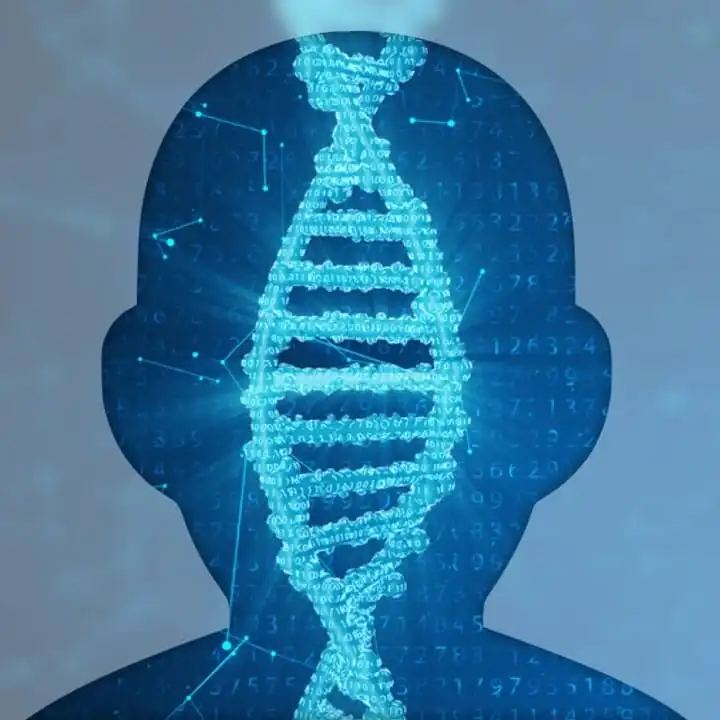What is Craniosynostosis, Adelaide Type (CRSA)?
Craniosynostosis itself is a condition, present at birth, whereby the bones of a baby’s skull fused together prematurely before the brain has fully developed. This in turn leads to a skull that is abnormally shaped as the brain grows.
It is closely linked to Saethre-chotzen syndrome and Pfeiffer syndrome.
What gene change causes Craniosynostosis, Adelaide Type (CRSA)?
There is no definitive gene yet identified as known to be causing the syndrome.
It is inherited in an autosomal dominant pattern.
What are the main symptoms of Craniosynostosis, Adelaide Type(CRSA)?
- Hallux valgus- an abnormality concerning the joint of the big toe. It can lead to arthritis.
- Abnormalities of the carpal bones located in the wrist.
- Abnormalities of the fingers and fingernails.
- Abnormalities in the bones of the feet.
- Craniosynostosis- where the skull bones of a baby join together too early creating skull abnormalities.
Possible clinical traits/features:
Carpal bone malsegmentation, Craniosynostosis, Cone-shaped epiphyses of the phalanges of the hand, Cone-shaped epiphyses of the toes, Shortening of all middle phalanges of the fingers, Shortening of all distal phalanges of the fingers, Hallux valgus.
How is it diagnosed?
To find out if someone has a diagnosis of Craniosynostosis, Adelaide type (CRSA), it is important to have a consultation and evaluation with a clinical genetic specialist. Specialists may also suggest specific genetic testing or other types of tests to help reach a diagnosis. FDNA’s AI technology can help speed up the diagnostic process by analyzing facial features and other health information.

